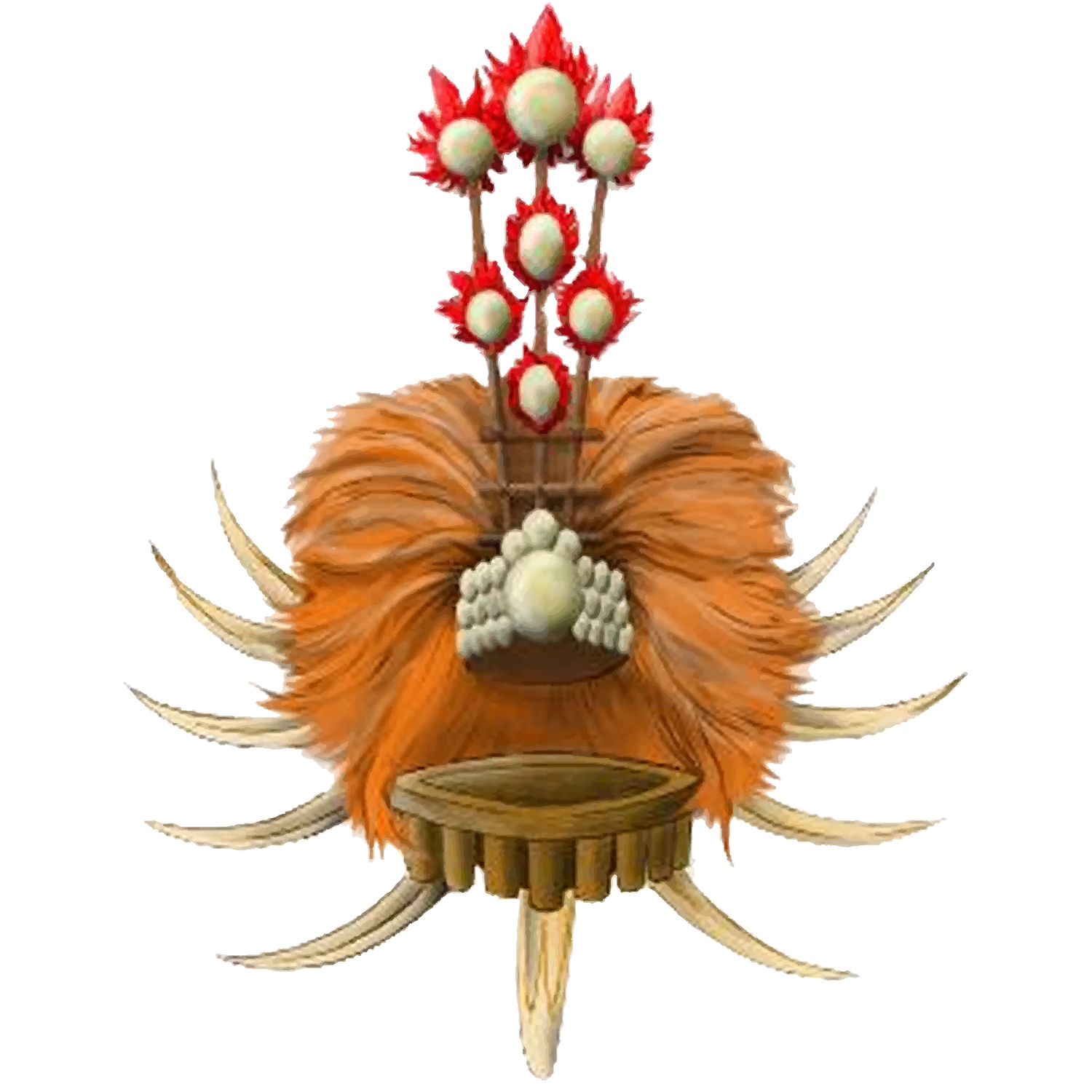about vailoatai
Vailoatai is nestled in the southwestern region of Tutuila, the main island of American Samoa, gracing the eastern end of Leone Bay. This coastal village is renowned for its picturesque malae (communal/sacred land), delicately positioned along the rugged southern coastline. Adorning this malae are the fale tali mālō (guest houses) reserved for village chiefs, offering a glimpse into the rich cultural heritage of the community.
Originally known as Tuāulu, the village underwent a transformation in 1926 when it merged with another village named Vailoa, forming what is now recognized as Vailoa-tai. While officially named Vailoatai according to the American Samoa Constitution, the designation "Vailoa-tai" primarily denotes the coastal area of the village, with other sections including Vailoa-uta (inland) and Falīlī. Collectively, the village is commonly referred to as Vailoa.
As part of the itūmālō (county/district) of Tuālātai, Vailoatai, alongside Taputimu, Itū'au (Malaeloa), and Fūtiga, serves as the principal settlement in the district. It holds the esteemed position of being the county's principality, hosting the titular head of the district (fa'asuaga).
FUN FACT
The name Vailoa originates from two potential interpretations. One suggests that it is derived from "le vai na le iloa" (the unknown/unseen water), recounting a legend from ancient times when King Tuimanu'a and his entourage halted in the area, struggling to find water. Another version proposes that Vailoa stems from "vai-vai-loloa" (land always covered with water), particularly in reference to the Vailoa-uta region, which was purportedly submerged or characterized by a vast lake. Even today, the area remains susceptible to flooding during heavy rainfall due to its geographical features.
LEGEND
In the book, "Ole Manuō o Tala Tu’u ma Fisaga o Tala Ave," the village of Vailoa emerged victorious in a confrontation against the cannibal king Tuife’ai, aided by two brothers from Ātua, High Chiefs Lutu and Solosolo. Following their triumph, the brothers embarked on a journey further east, where they established themselves as Sa'ousoali'i of Launiusaelua.
During Tuife'ai's reign, Tuāulu was designated specifically for the preparation of human sacrifices. These sacrifices involved delivering a forceful blow to the back of the head, known as tuāulu, utilizing traditional heavy war clubs like the talavalu.
In 1926, the villages of Tuāulu and Vailoa merged to form the village of Vailoatai.
The title of Tuife'ai is steeped in numerous legends across the islands of Manu'a, Tutuila, and 'Upolu. Historically, the title dates back to around 500 A.D., with records indicating its involvement in the first unsuccessful invasion of the Manu'a kingdom.

